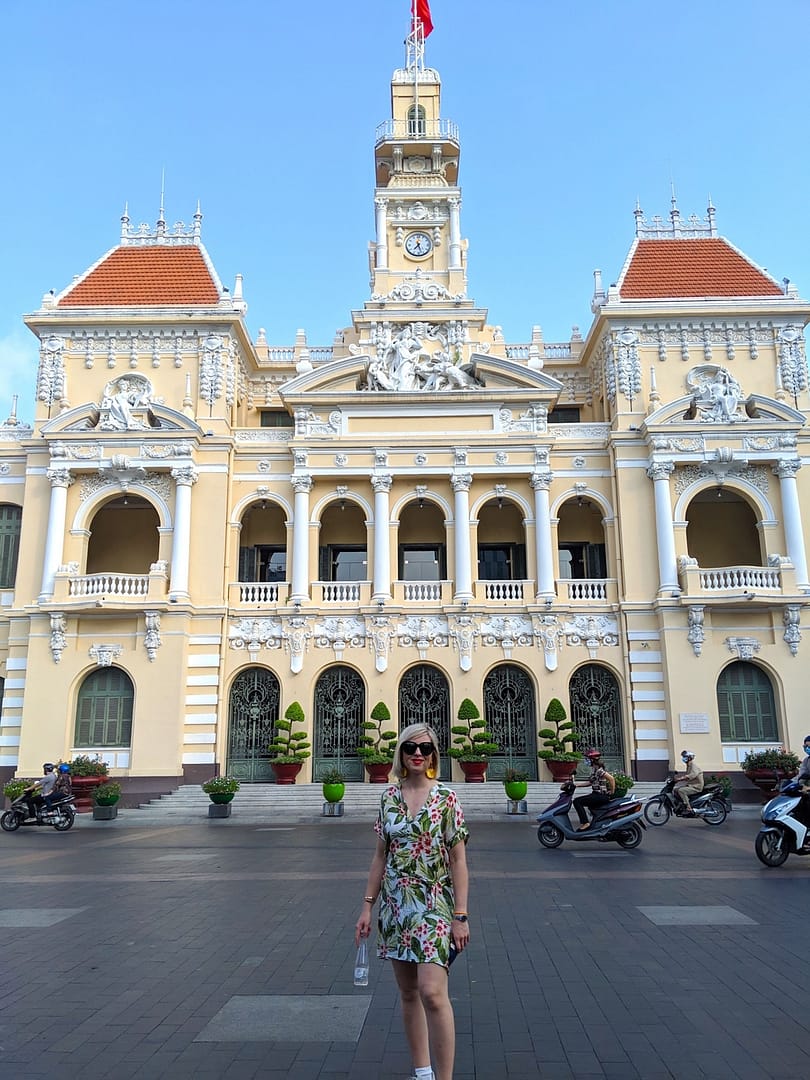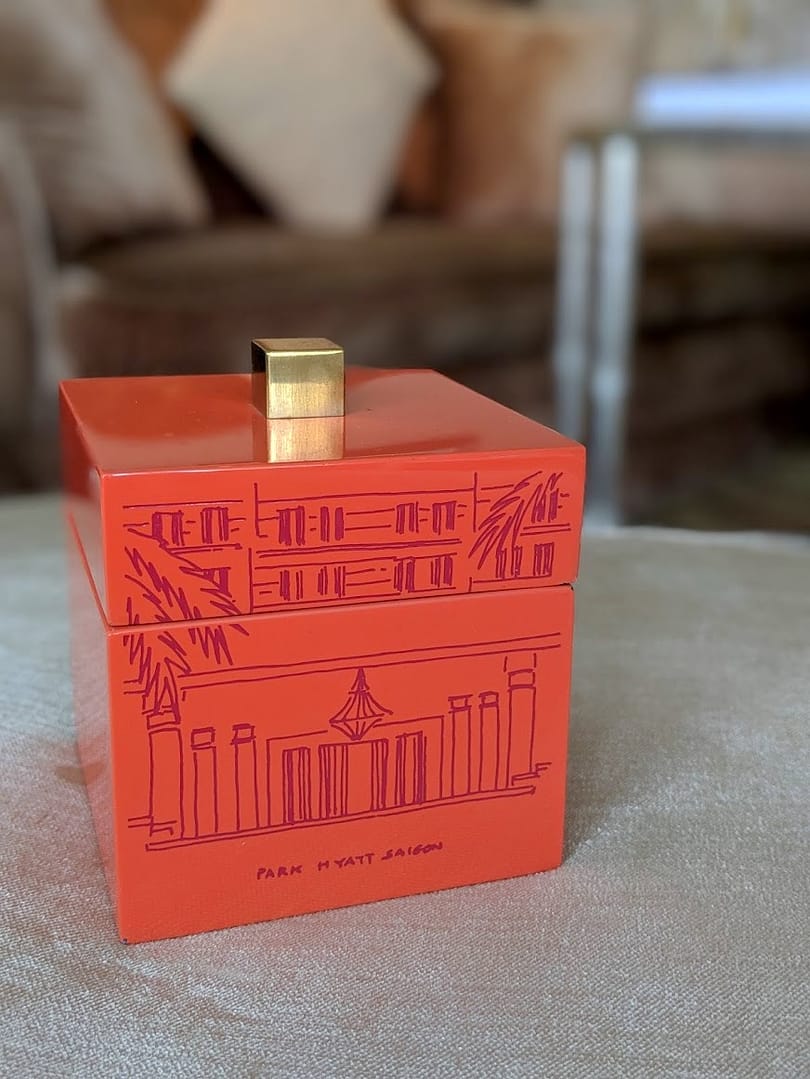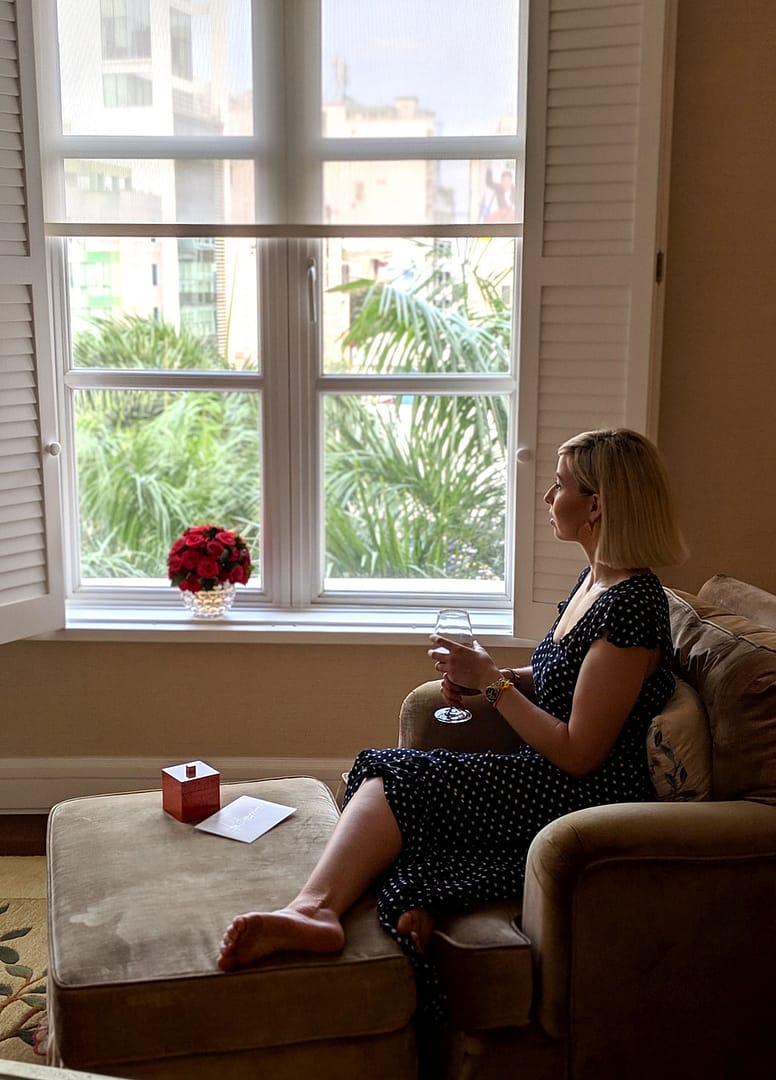History is ever present in Saigon. It doesn’t live behind plexiglass in museums, or on the walls of climate-controlled galleries. Nor has it been placated by the passage of time. It simply is, unedited and raw to the eye.
Perhaps that is why many tourists pass over Saigon. Its complicated history is not so easy to digest. It can’t be zipped up neatly into a half-day Viator tour.
This is what brought me Saigon. The challenge of understanding a city not built to cater to droves of tourists. A real city that copes with, but doesn’t exploit, its inexplicable past.
District One
Saigon, from the back of a taxi, seems manic. The stop-and-go journey through its sprawling outer districts seems like it may never end. But once you reach its core, known as District One, chaos gives way to opulent French architecture weathered by decades of sun, strife and acid rain. One quickly realizes that the crumbling aesthetic of this city is like no other.

Unlike the booming Asian super cities like Bangkok or Singapore, Saigon’s luxury hotel scene is still its in infancy. Relics, like the famous Majestic Hotel compete with newish mid-tier hotels like the InterContinental for business in the growing luxury market. But the only true luxury hotel at present time is the Park Hyatt Saigon. The Park Hyatt chain, renowned for setting up shop in emerging destinations before its competitors, bet big on Saigon back in 2005 when it opened its 245-room colonial gem. And this is a bet that is paying off tremendously well.
To me, I had no desire to stay any place else.
Arrival
After a long journey from Kathmandu, I had the insatiable need for air con, a shower and a poolside cocktail in a way only the Park Hyatt could satisfy.

Walking through the lobby of the Park Hyatt Saigon, into what would be my base for the next four days, was like a refuge from the chaos of the outside world. The strong, pungent scent of the fresh white lilies was the first sign that I had come to the right place.
We checked into our room – the spectacular Park Suite overlooking the bustling square behind the Opera House. The suite, with separate bedroom and living area, was bright and colourful. The sweat and the dirt of my long travel day, formerly dominating my headspace, no longer seemed front of mind.

Fresh red roses at the doorway, a bottle of French wine on the table and bowl of dragonfruit were a harbinger of good things to come. These little treats reminded me that the Park Hyatt always pays close attention to the details.

On our first evening, I met up with Mai-Phuong, the Marketing Communication Manager of the property to learn a little history about the hotel. Dare I admit, most of what I know about Saigon I learned from the movies, including ‘Good Morning Vietnam’, so I was amazed to discover that the hotel sits atop the former site of Brink BOQ. From here the real Adrian Cronauer, immortalized by Robin Williams, broadcast his radio programmes to American troops.
It reminded me that every corner of this city has a story to tell.
Breakfast at Opera
After a long lie in, we kicked off our first day in Saigon with breakfast at Opera before exploring the city. Fresh coconut water and Vietnamese coffee preceded a feast of delectable french pastries, bánh mì, pho and dim sum.

One of the reasons I came to Vietnam was to eat, but I never expected classic Vietnamese dishes to be complemented by citrus salads, matcha chia pudding and other tasty creations from the brilliant chefs at the hotel (more on that in my next post).

War Remnants Museum & Reunification Palace
Breakfast set us up for day one – a visit to the War Remnants Museum. The gargantuan collection of tanks, fighter jets and helicopters in the entry courtyard made it look like the backlot of a Hollywood studio. But any delusions about these war machines being mere props in a movie faded when we wandered through the sobering photography exhibits of the museum. Photographs taken by journalists, many of whom perished in the war, showed harrowing images of helicopters fallings from the sky, gun battles and birth defects caused by Agent Orange. This was our first real glimpse into this region’s tragic past.

In the afternoon, we visited the Reunification Palace. This lavish residence, rebuilt after its destruction in 1962, was a modern take on the French colonial predecessor that had once stood in its place. Designed by Paris-trained Vietnamese architect Ngo Viet Thu, it is a baffling architectural masterpiece not to be missed.
We wandered through this property for nearly two hours, marvelling at the ostentatious meeting rooms, the private 50-seat cinema and elaborate basement bomb shelter. We even had a drink on what used to be President Nguyen Van Thieu’s rooftop dance bar equipped with a grand piano, helicopter pad and stunning views of the city.
To date, no other landmark in this world has succeeded to impress and confuse me so much.

Poolside Afternoons
Over the preceding days, we visited many sites in and around the city. The Mekong Delta, the Củ Chi tunnels to name a few. We were harrowed by the scars of war, warmed by the kindness of local people and completely exhausted by the heat. Between each excursion we returned back to the hotel for high tea or a dip in the pool, a welcome respite from the intense humidity.

Each morning over breakfast, we recounted the previous day’s learnings while indulging in a smörgåsbord of Vietnamese food and pastries. It was the perfect place from which to ponder, at arms length, the complexity of the city while retreating at days end to listen to live piano in the lobby bar. And before bed each night, to indulge in a night cap while listening to the buzz of the mopeds in the streets outside.

A Saigon Landmark
When I think back to my visit, I am reminded of a painting in the hotel, ‘School Girl’ by Ha Huynh My. This painting, featured on the second floor (and on every room key card) shows the beautiful but ordinary life of a Vietnamese school girl dressed in an áo dài dress and holding white flowers. This piece sums up so much of my visit to Saigon – the brightness of local people, and the sweetness with which they carry themselves. I thought it was so fitting that the hotel would choose this image to represent the spirit of Saigon.

The key to building a landmark is noticing the subtleties of an environment and incorporating them into every facet of a property. Everything from the decor to the architectural design should pay homage to the city it represents. The Park Hyatt Saigon accomplishes this effortlessly. It is the only new property in Saigon that truthfully acknowledges the city’s French colonial heritage while incorporating design elements from Vietnam’s rich artistic history.
Sometimes it is so difficult to understand a place from the perspective of an outsider. But I left Saigon feeling truly acquainted with this beautiful and complex city thanks to this landmark hotel.
